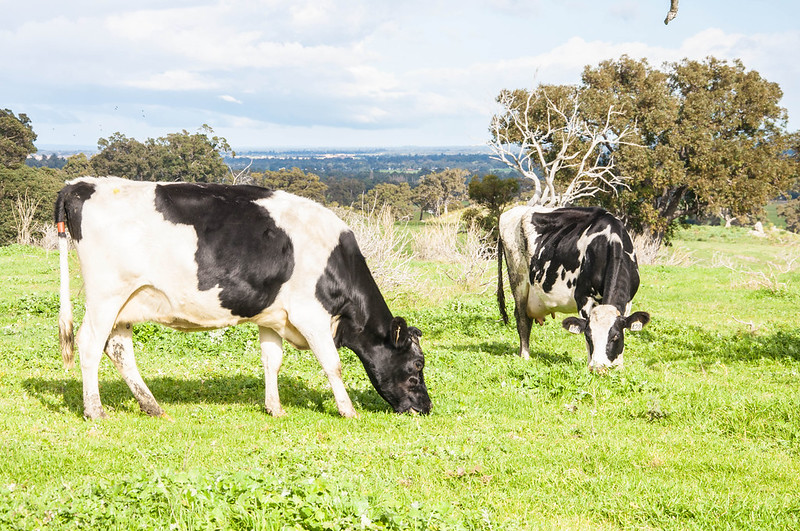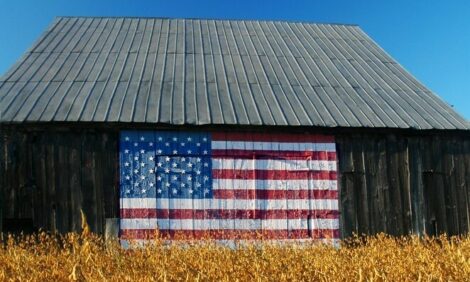



Horn fly resistance observed in organic Holstein cattle
Penn State University studies genetic parameters associated with horn fly resistance in organic Holstein cattleSome Holstein dairy cattle, especially those with white coat coloration, are able to naturally fend off the horn fly, a parasitic insect known to cause stress and disease in grazing cattle. New research at Penn State's College of Agricultural Sciences investigates. The findings, said lead researcher Bailey Basiel, could help organic producers who are most at risk. Livestock produced under organic standards must be pasture raised and cannot rely on synthetic pesticides or antibiotics.
“Horn fly infestation results in more than $700 million in lost profit in the United States annually, with another $60 million spent by producers on fly control,” said Basiel.
Aside from the economic impact, the more significant concern is the horn fly’s impact on animal welfare, explained Basiel. “Horn fly bites are painful and irritating to cattle,” she said. “Severe infestations can lead to bacterial infection, stress, decreased milk production, weight loss and poor health.”
To address the problem, the researchers wanted to learn if resistance to horn flies is a heritable trait in Holstein cattle, and if so, what genes are responsible for making those cattle less attractive to the insect.
Working with 13 organic dairy producers across the country, Basiel and her team documented fly loads on more than 1,600 pastured Holstein between May and September — the height of horn fly season — from 2017 to 2019.

Trained scorers assessed fly load on a scale of zero to four, with zero indicating few to no flies and four indicating high infestation; the scoring system was validated by counting flies from digital images.
They also documented cattle color composition, assigning percentage values of black and white, and considered factors such as stage of lactation, physical environment, health status and stayability, which is the likelihood of an animal staying within a herd for a set period.
The researchers then performed genetic testing on a random subset of the animals and submitted results to the Council on Dairy Cattle Breeding. This nonprofit organization maintains a database of genetic evaluations and genomic predictions in herds worldwide.
After reviewing the photos and related fly counts, the researchers found that cattle with predominately white coats had lower fly loads than those that were predominately black.
Another noteworthy discovery related to horn fly loads and milk yield. “We know that horn fly infestation negatively impacts milk and milk component yield, which we also observed in our study,” she said. “Cows with higher fly scores had reduced milk production around the time of scoring.”
However, milk and component production were genetically correlated with fly load, which means that cows that were genetically predisposed to making the most milk also were more susceptible to horn fly infestation.
Basiel and her advisor Chad Dechow said their findings are preliminary and more research is needed to understand the potential advantages — and disadvantages — of breeding for horn fly resistance. For example, cattle with predominantly white markings are more susceptible to health problems such as sunburn and eye cancers.
“Until we determine if there are other genes or traits that influence fly load in cattle, I wouldn’t recommend breeding for white cattle only,” Basiel said. “Future studies will determine if genetic selection may be another tool to help. Until then, organic producers should continue to use good manure management, fly traps and natural repellants to protect their herds.”


